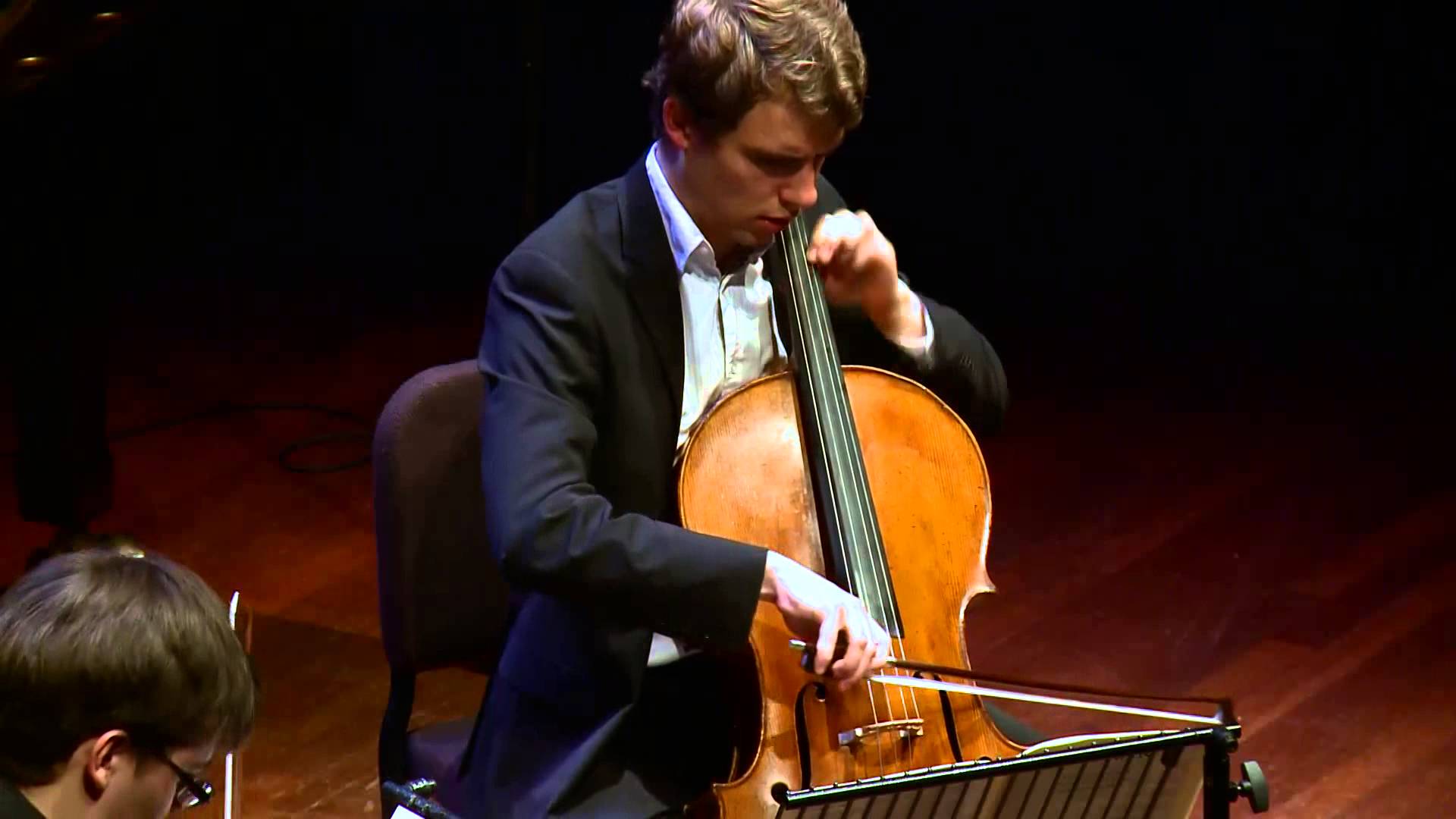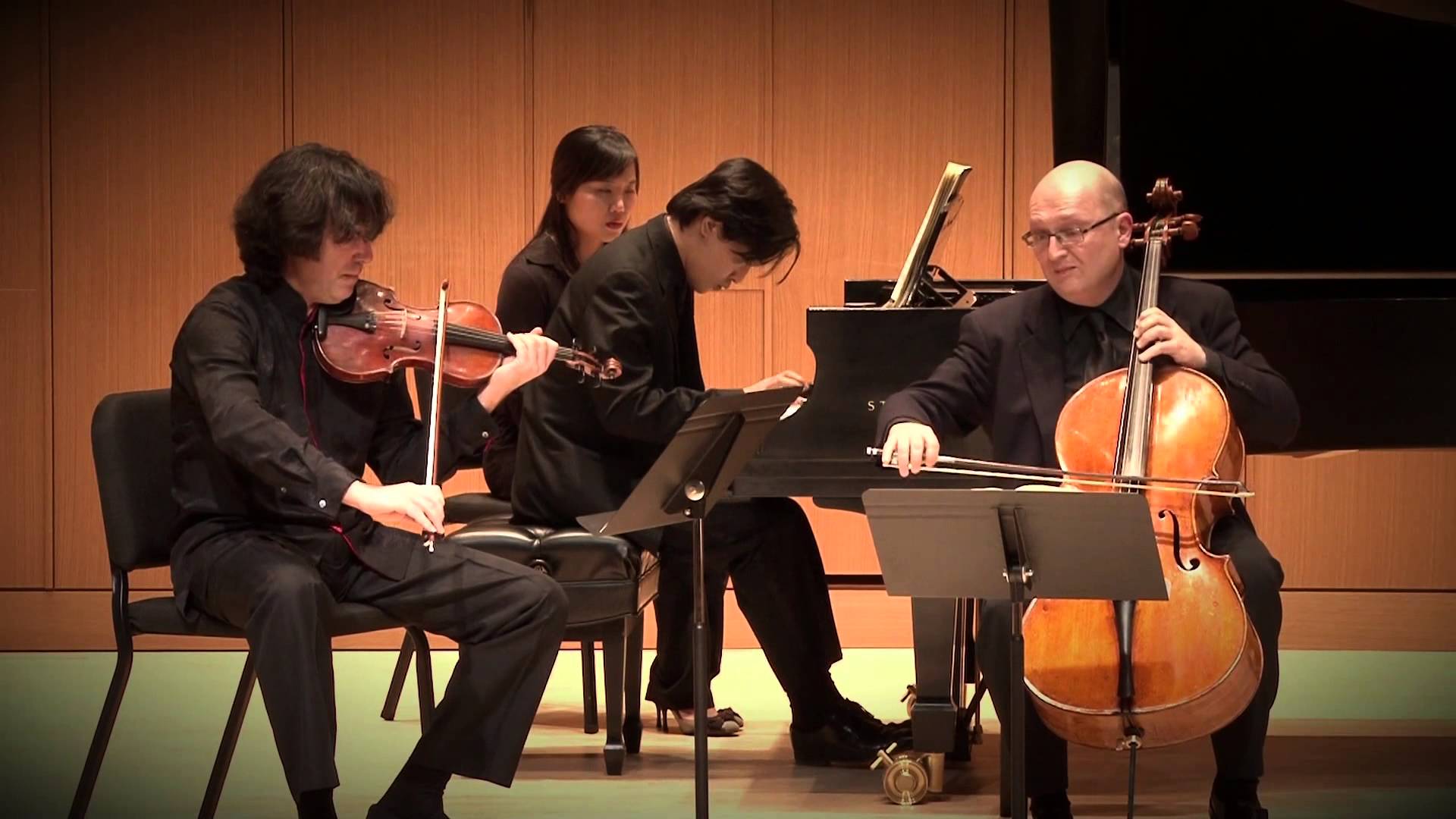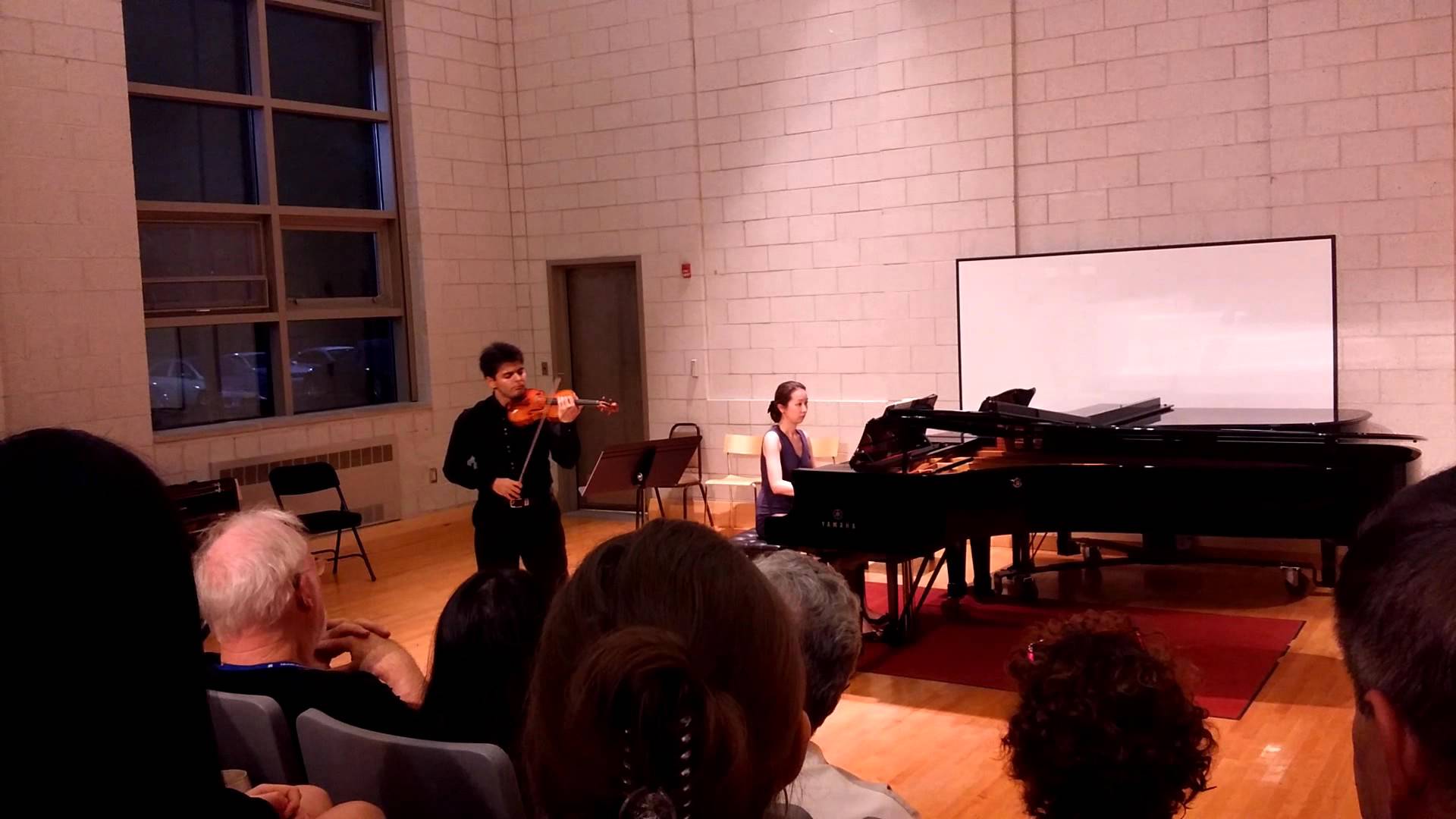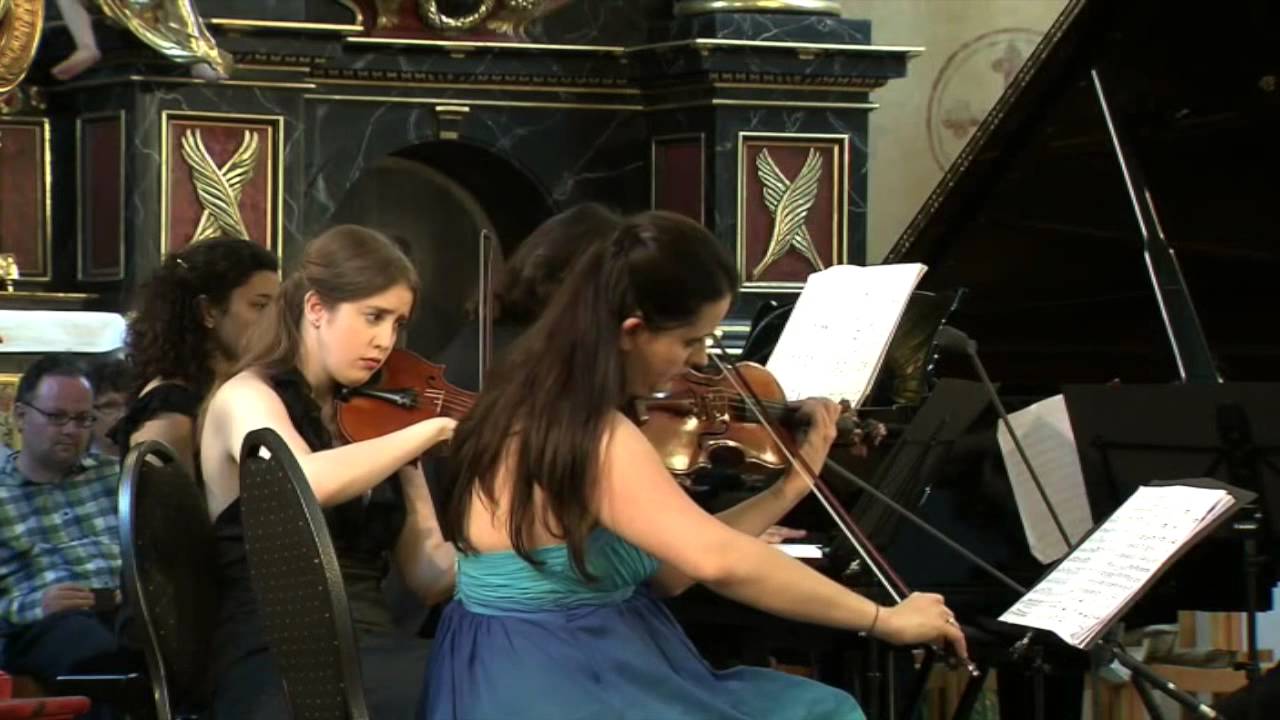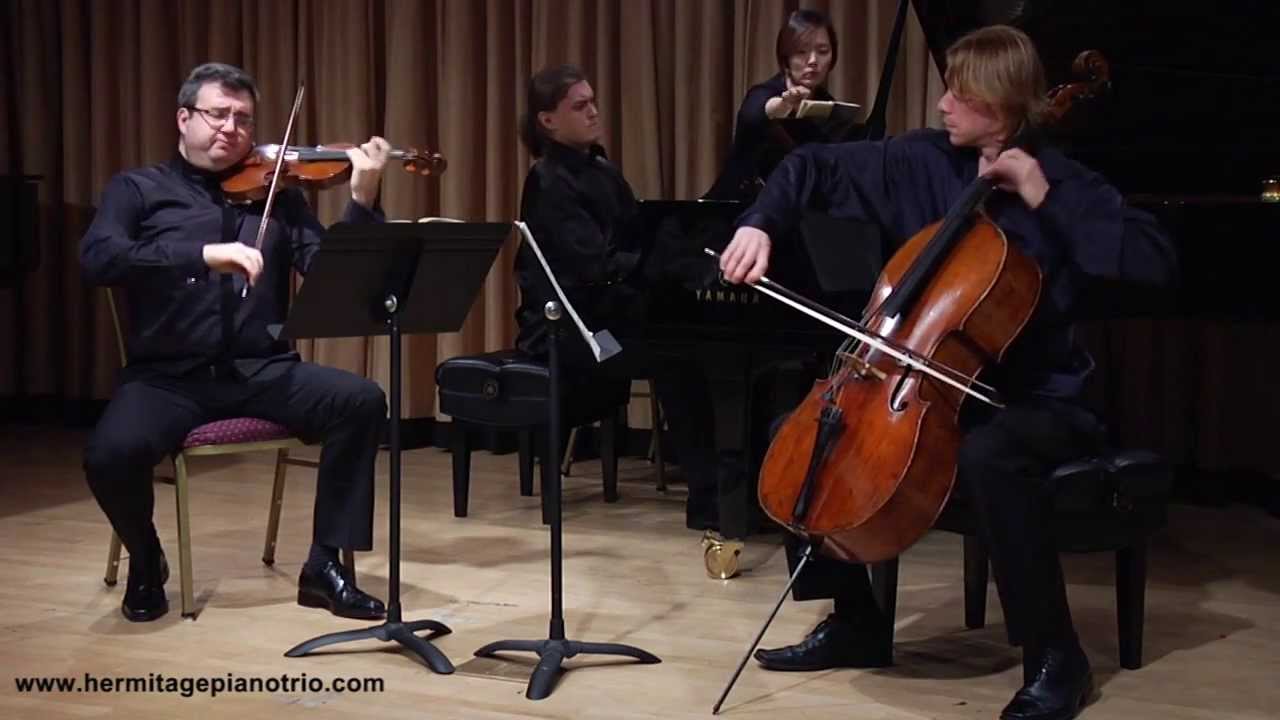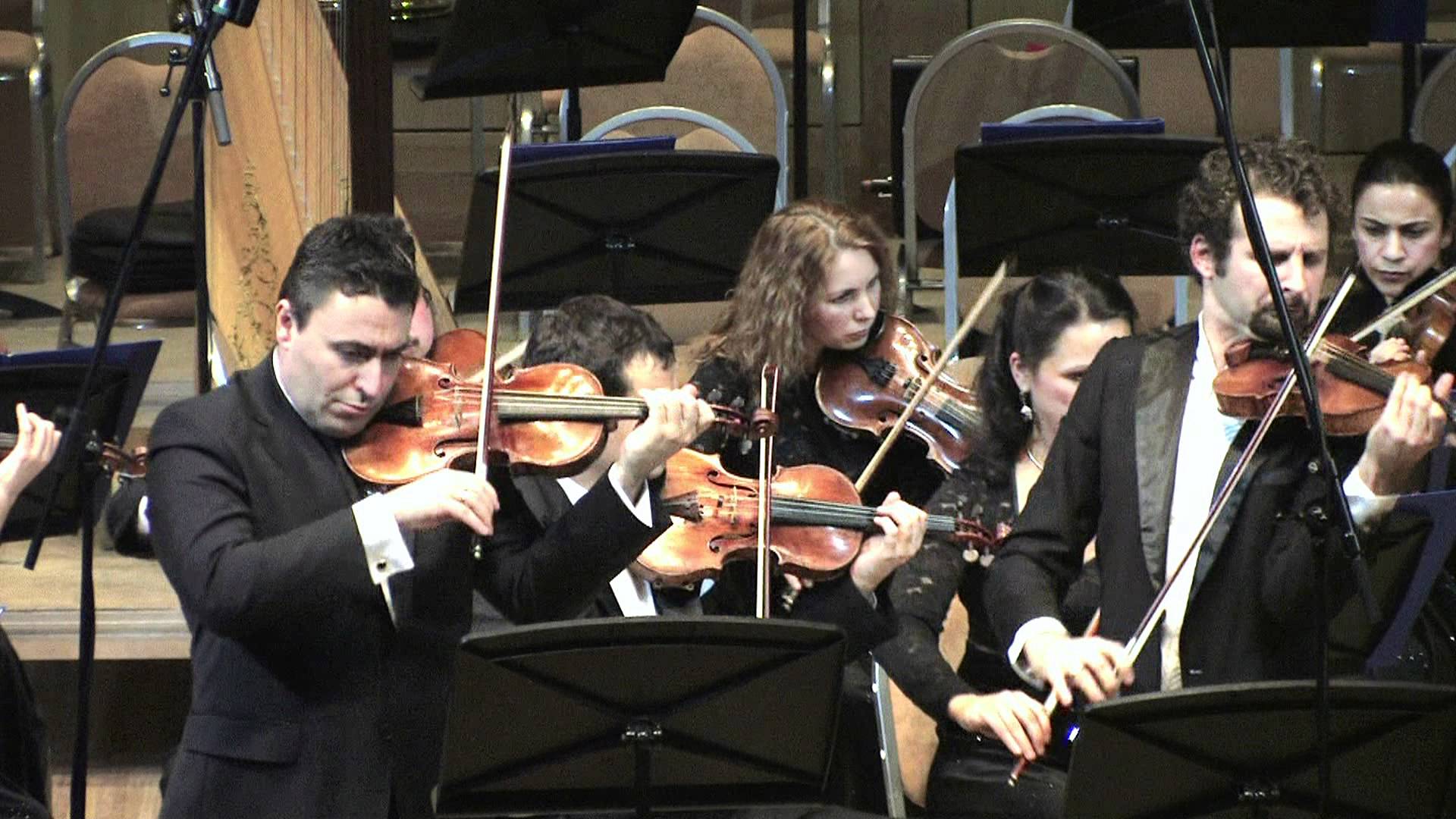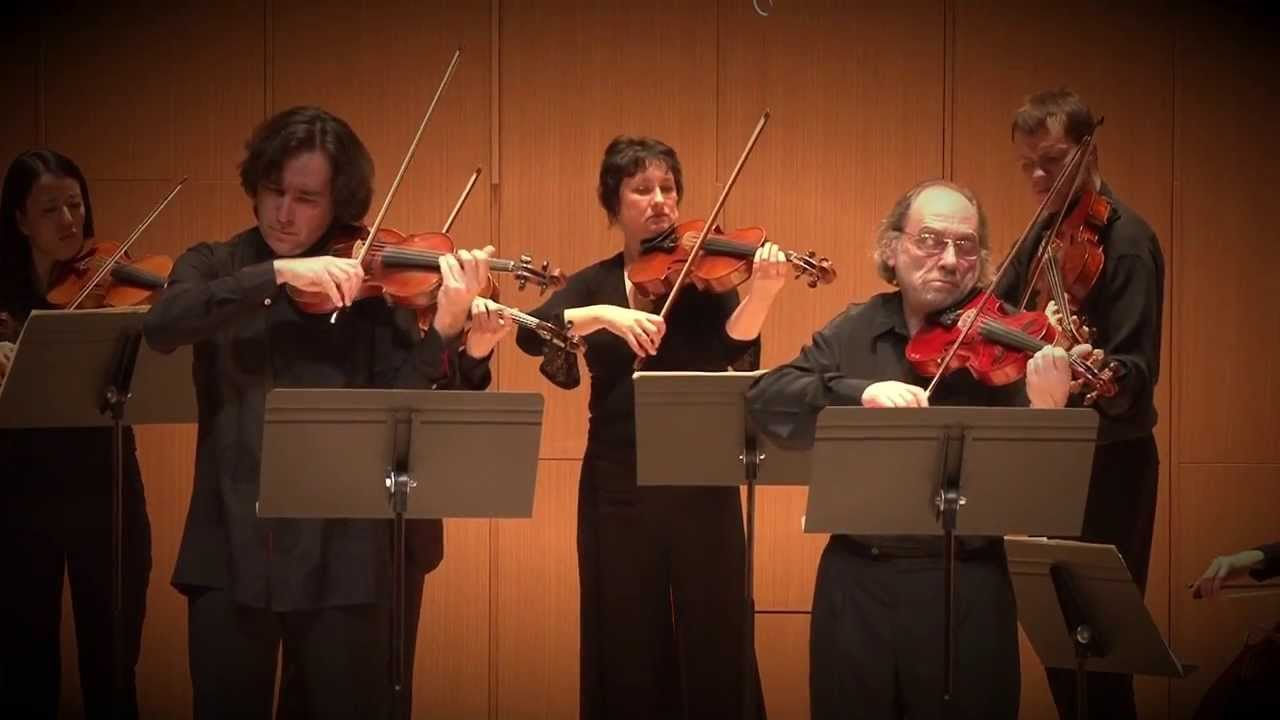Passion For Violin III
17.7K subscribers
肖斯塔科維奇 (1906-1975) – 大提琴協奏曲. 1 在降E大調, 上. 107 (1959)
1. 快板 (00:06)
2. 溫和 (07:15)
3. Cadenza – Attacca (20:55)
4. 快板CON摩托 (26:52)
再次: Pablo Casals – El cant dels ocells (Songs of the Birds) (33:17)
馬友友, 大提琴
丹尼爾 Gatti, 導體
皇家音樂廳管弦樂團
肖斯塔科維奇 (1906-1975) composed both of his cello concertos for Russian cellist and all-around musical icon Mstislav Rostropovich, also the composer’s dear friend. The Cello Concerto No. 1 was completed in 1959, at a time in post-Stalinist Russia when cultural restrictions had eased somewhat – though they were by no means a thing of the past. Rostropovich gave both its Russian and American premieres later that same year. Perhaps the most popular twentieth-century cello concerto (and one of the most difficult ever of its kind), it is a deeply personal work, reflecting Shostakovich’s ambivalent emotions and insecurities at having to constantly walk an “artistic tightrope” in Soviet Russia’s often unpredictable and often hostile cultural environment – in which he might well be a ballyhooed hero one day and a reviled scapegoat the next.
Like a number of his other quasi-autobiographical works (most notably his eighth string quartet), the central thematic feature here is a series of like-sounding variants on Shostakovich’s hallmark four-note “DSCH” sequence (D, E-flat, C, and B in German notation) that corresponds to the “D” of his first name followed by the first three Russian letters of his last name. This recurs in several forms – with different starting points, note sequences and intervals – throughout the work, except in the second movement. The piece is fairly lightly scored – with the only brass instrument being a single French horn, which turns out to play a vital role as the concerto progresses.
The first movement’s main theme is heard in its first four notes (G, IS, (B), and B-flat) from the soloist – seeming to pose an unsettling question. From there, the music unfolds in mostly concentrated and supple fashion, maintaining a persistent aura of animated tension throughout its course. The single horn appears to emphatically reinforce the theme as the music grows in anxious intensity. The slow movement begins with a theme that, oddly, is never taken up by the cello; 相反, 喇叭設置入口後, 大提琴以它自己的主題出現. 運動帶著不安的感覺進行, 但抒情的優雅反思 - 與典型的俄羅斯陰鬱和間歇性的淒涼和灼熱的荒涼的地井的情節.
不暫停地出現, 不尋常的第三個運動實際上是一個擴展的獨奏卡登扎 , 起初 - 保持前一個運動的憂鬱情緒在其沉思的獨白. 但隨後它的節奏和強度逐漸上升, setting up – again without pause – the compact, rondo-like finale in which its main theme (based loosely on a Georgian folksong that Stalin had been fond of) alternates in a lively, but nervous manner with contrasting material. 然後, about halfway through, the first movement’s quasi-autobiographical theme returns with a vengeance – confirmed by a mighty horn call. But the motif is no longer questioning, taking on a more positive quality as the music hurtles to a triumphant finish … even though Stalin’s Georgian tune still lurks beneath the surface in the coda. 還, the movement is emphatically sealed by final “exclamation points” from the timpani. – Lindsay Koob

 添加到收藏夾
添加到收藏夾
